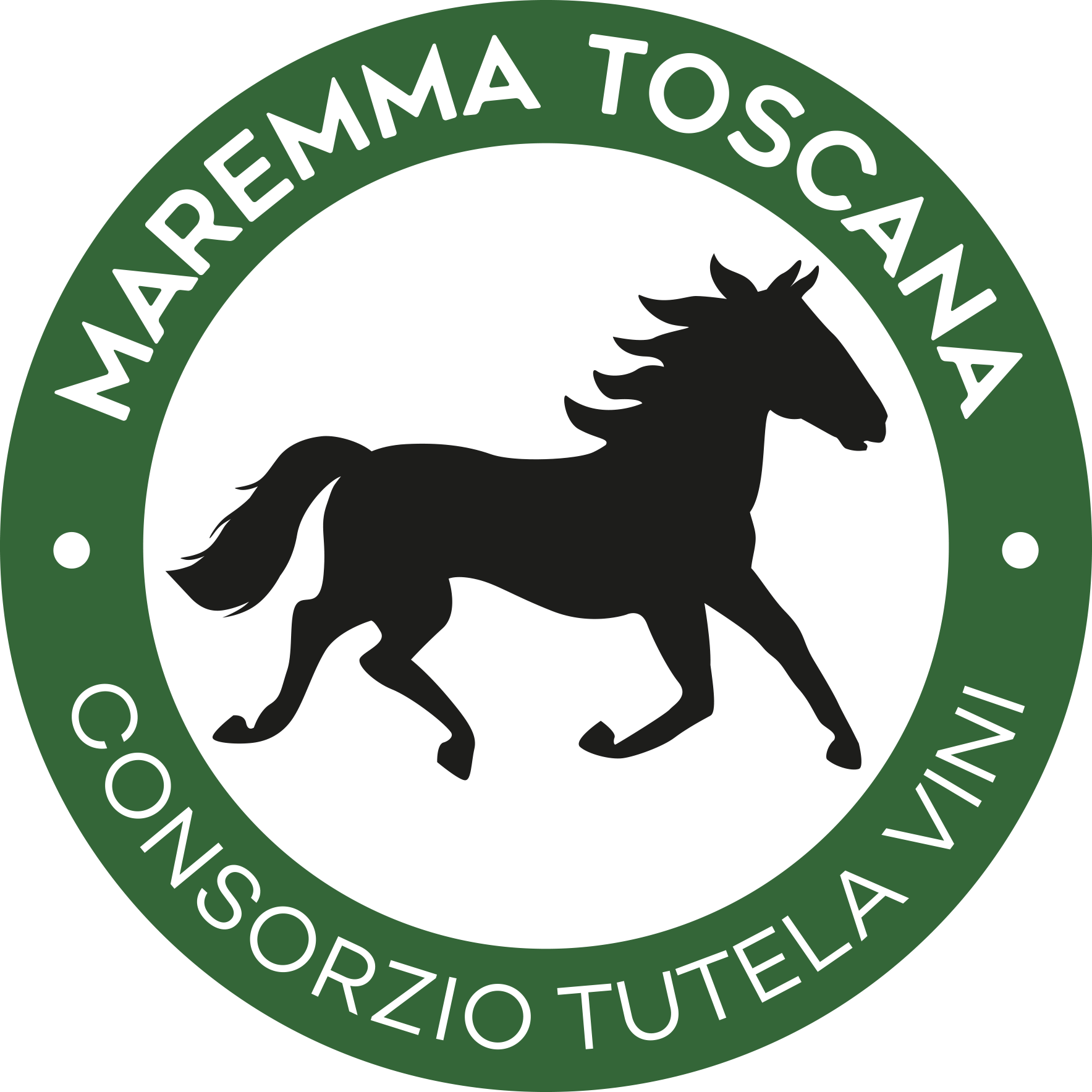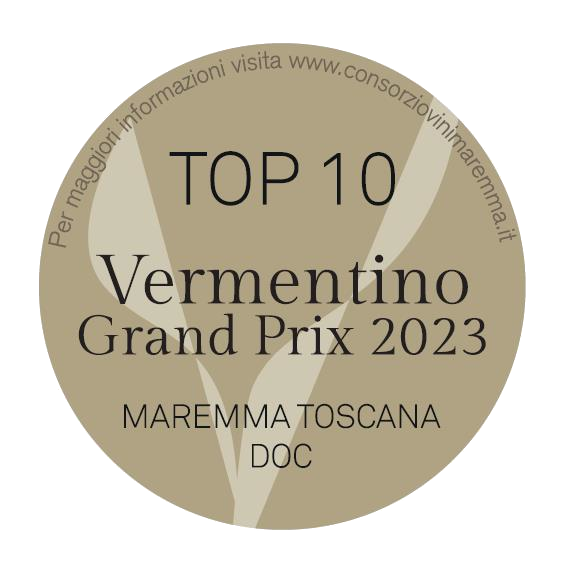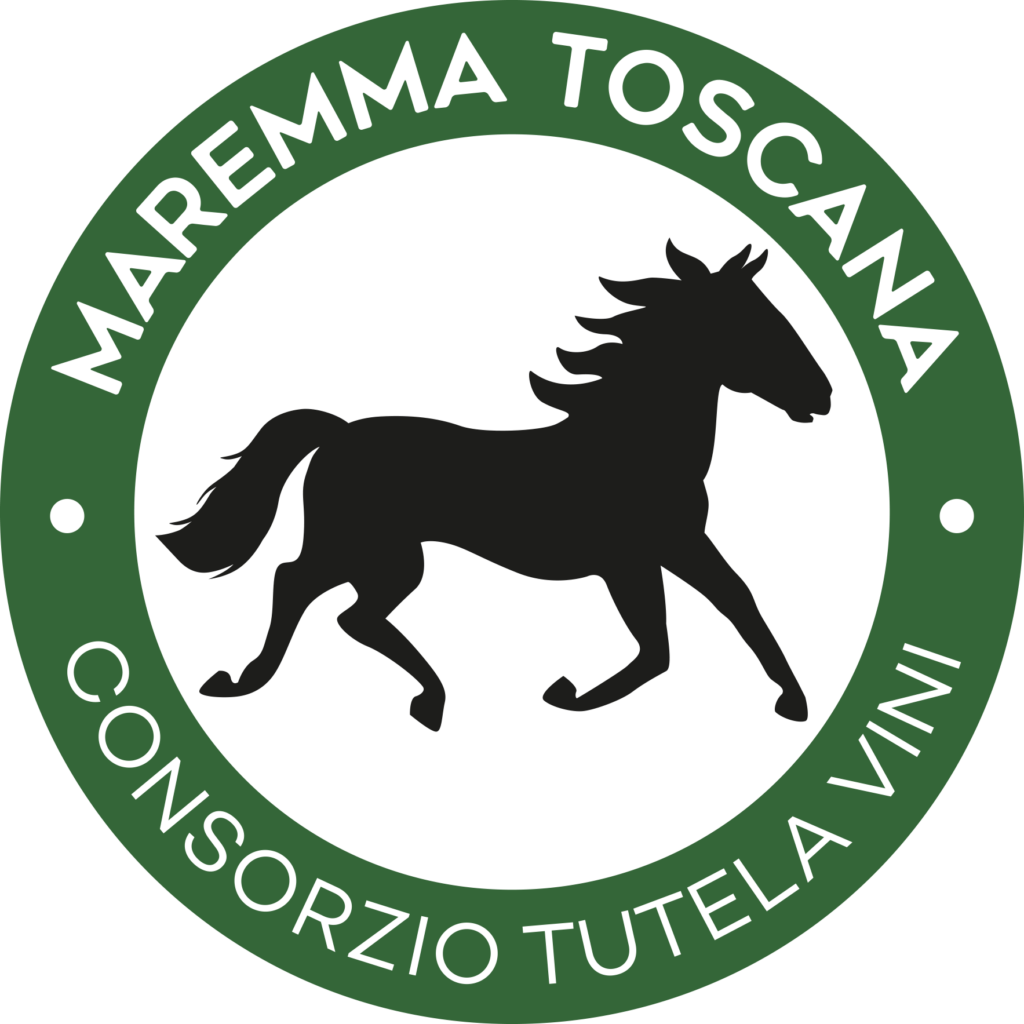Cabernet franc
It is an international grape of French origin, more precisely from the Gironde area that has experienced, in recent years, a continuous spread in the Maremma area, passing from about 120 hectares in 2006 to the current 230, located mainly in the municipalities of Massa Marittima, Magliano, Roccastrada and Capalbio. Almost 95% of the area planted with Cabernet franc in the province of Grosseto was planted after 2000, while 48.5% was planted between 2001 and 2005.
It is also known by the synonyms Acheria, Barò, Cabernet bresciano, French Cabernet, Cabernet frank.
The history of the spread of the vine in French territory is rather uncertain, even if it is known that, in 1631, Cardinal Richelieu, residing in the Bordeaux region was favorably impressed by the wines produced with Cabernet franc, so much so that he decided to cultivate it in the vineyards around abbey of Saint-Nicolas-de-Bourgueil, entrusting over a thousand plants to the Breton abbot so that he could plant them in the vineyards of Chinon, Bourgueil and Saumur. Its introduction in our country dates back to the early 1800s, when Count Manfredo di Sambury began its cultivation in the Alessandria area, together with Cabernet Sauvignon. In Italy it has long been confused (improperly) with the Carmenére grape.
It is a vine with an average ripening period and a remarkable vigor, so much so that it requires long and rich pruning and is well suited to expanded forms of farming. It prefers hilly, pebbly, clayey and deep soils, and a fairly cool climate throughout the year.
The wines are bright red in color, which tends to garnet or ruby with aging, full-bodied and fairly alcoholic, while the aroma is delicate, with notes of raspberry and violet, and the taste is rather soft and fresh. One of the best known characteristics of this vine is that of giving wines with a strong aroma and herbaceous flavor that recalls pepper (due to the pyrazines).
Cabernet franc wines are paired with tasty traditional Tuscan first courses (pici, pappardelle or tortelli Maremma), veal roasts and mixed grills (younger wines). The more mature versions are excellent with red meats such as the typical Florentine steak, game, game on the spit and aged cheeses.
Cabernet franc and Maremma Toscana DOC:
Maremma Toscana DOC “Rosso” and “Rosso Riserva” (presence in the minimum limit of 60% alone or together with Cabernet Sauvignon, Sangiovese, Merlot, Syrah and Ciliegiolo)
Maremma Toscana DOC “Rosato” (presence in the minimum limit of 60% alone or together with Cabernet Sauvignon, Sangiovese, Merlot, Syrah and Ciliegiolo)
Maremma Toscana DOC “Rosato Spumante” or “Rosè Spumante” (presence in the minimum limit of 60% alone or together with Cabernet Sauvignon, Sangiovese, Merlot, Syrah and Ciliegiolo)
Maremma Toscana DOC “Novello” (presence in the minimum limit of 60% alone or together with Cabernet Sauvignon, Sangiovese, Merlot, Syrah and Ciliegiolo)
Maremma Toscana DOC “Passito Rosso” (presence in the minimum limit of 60% alone or together with Cabernet Sauvignon, Sangiovese, Merlot, Syrah and Ciliegiolo)
Maremma Toscana DOC “Red Government for Tuscan use” (presence in the minimum limit of 60% alone or in conjunction with Cabernet Sauvignon, Sangiovese, Merlot, Syrah and Ciliegiolo)
Maremma Toscana DOC “Cabernet franc” (presence for at least 85%)
Maremma Toscana DOC “Cabernet” (presence of at least 85% alone or together with Cabernet Sauvignon and Carmenère)
Maremma Toscana DOC “Cabernet Passito” (at least 85% presence alone or together with Cabernet Sauvignon and Carmenère)
Maremma Toscana DOC Bivarietale: Cabernet franc associated with another black grape variety (presence between 15% and 85%)


